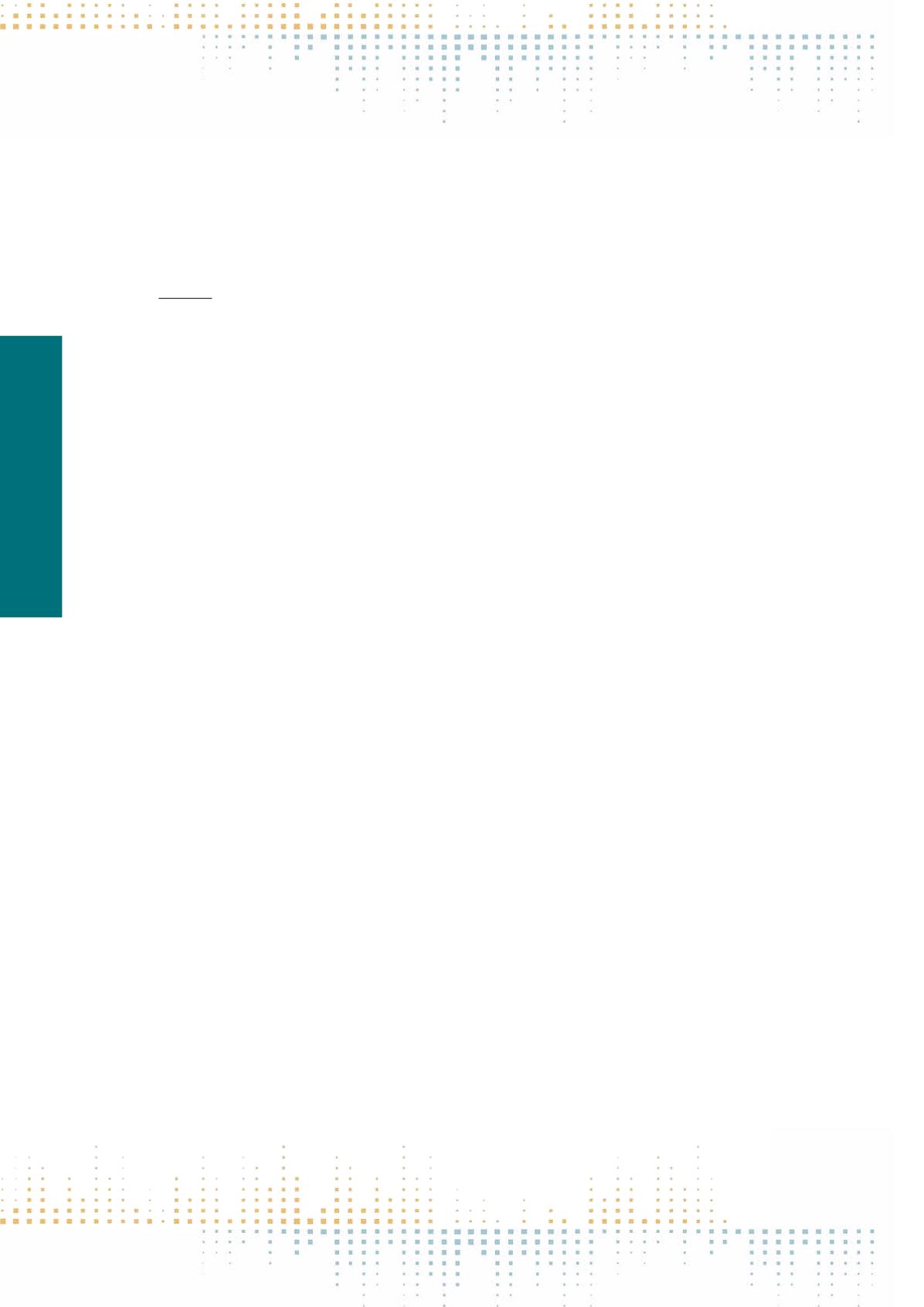

56
Friday, November 11
1 4 : 3 0 – 1 6 : 0 0
2014 which are representative for the population of Germany (n = 1572). It yields six distinct types of news repertoires. Five major advantages over prior
media repertoire studies are empirically exemplified: (1) The framework allows for more systematic combinations of substantial theories, formal models,
and empirical data. (2) The framework permits deeper insights into media usage, because it allows to combine the strengths of qualitative and quantitative
studies. (3) The framework facilitates the interpretation and systematization of repertoires and their antecedents. (4) Since the framework concentrates on
repertoires’ internal architecture, rather than overt choice behaviors, it is particularly well suited for mapping the underlying mechanisms and structures
that produce the persistence of media use. (5) Therefore, it makes media repertoires better comparable across populations, locations, and time periods, too.
PS 017
Types of Algorithmic Media Use for Political Information Purposes
M. Wieland
1
, A.M. In der Au
1
1
TU Dresden, Institut für Kommunikationswissenschaft, Dresden, Germany
More than every third German considers the Internet as the most important source to keep up with current affairs (ACTA, 2015). Even though online news
sites still seem to be dominating when it comes to political information online (Bernhard, Dohle & Vowe 2014), the significance of Social Media is increas‑
ing: The younger generations already take the largest part of their news diet from Facebook (PEW Center 2015). Benefits and possible risk of algorithmic
personalization: Using Social Media as a news source is firstly associated with benefits: Due to intelligent algorithms information is provided automatically
in accordance with user preferences or behaviour. It is functioning as a filter for relevant information and offers orientation in the information overload (Jür‑
gens, Stark & Magin 2014). Secondly, this operation mode goes along with risks: Dylko (2015) found, that customizable technology increases the likelihood
of selective exposure, which is in line with Pariser’s (2011) apprehension of 'Filter Bubbles”. As Mahnke (2015) claims, algorithmic personalization should not
be seen as a technical automatism. Besides the implicit adjustment of content, users can actively influence their news feeds (Bozdag, 2013). Valeriani and
Vaccari (2014) found that accidental exposure to political content happens frequently - the intentionality of usage seems to be an important factor as well.
Consequently, user’s skills and desire for purposeful usage need to be examined in detail for assessing algorithmic media as news sources. Focus groups for
in-depth analysis of user’s news feeds: Based on previous research on different types of Social Media activity (Jers, 2012), we developed a matrix in which
the known forms - consuming, participating, producing - are combined with the intentionality of usage. Our research goal is to examine different facebook
user types clustered by strategic and reflected use reasons. To proof our framework, we conducted five focus groups with fifteen routine facebook members
varied by age, formal education and political interest. Large parts of the discussions were centered on reconstructing the individual news feeds: What type
of content arises from which sources?We then tried to carve out if the news feed contributions are shown based on reflected and intentionally following or
displayed due to friend’s activities. Lastly, knowledge about personalization principles and the will to use facebook as political news source are surveyed.
Formal characteristics less important than user’s motivation: We found that formal education and political interest are less influential on a strategic use
of facebook for information purposes. Instead, a highly strategical way of purposeful following traditional media on facebook with strong focus on including
different point of views in the own news feed contrary to an intentionally avoidance of all political information and opinion on facebook are identified as
main characteristics of using facebook as a news source. Findings are going to be proofed in a representative telephone survey, but we already can state that
individual patterns of usage need to be considered as factors when assessing effects of algorithmic media use for political information.



















